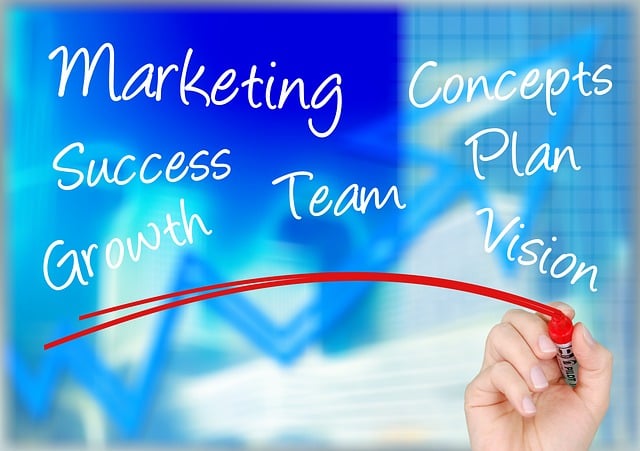AI-driven food photography optimization is transforming culinary content creation by automating workflows, enhancing image quality through machine learning, and analyzing visual trends. This technology streamlines repetitive tasks, saves time and resources, and enables businesses to produce high-quality, engaging visuals for marketing in the digital era. By prioritizing data security, digital literacy, and AI ethics training, companies can effectively integrate this optimization for improved operational efficiency and consumer engagement. Future advancements promise more sophisticated image analysis, personalized content, and enhanced automation.
In today’s digital landscape, AI-driven food photography optimization is transforming the way we capture and present culinary delights. This article delves into the powerful synergy of Artificial Intelligence (AI) and workflow automation within the realm of food photography. We explore how these technologies enhance efficiency, quality, and creativity. From understanding the fundamentals of AI optimization to unveiling strategies for seamless integration, this comprehensive guide offers insights into the future prospects of revolutionizing food photography workflows.
- Understanding AI-Driven Food Photography Optimization
- Benefits of Implementing Workflow Automation in Food Photography
- Strategies for Seamless Integration and Future Prospects
Understanding AI-Driven Food Photography Optimization

AI-driven food photography optimization is transforming the way culinary content is created and presented. By leveraging machine learning algorithms, businesses can automate various aspects of photography workflows, from image composition to color correction. These advanced systems analyze vast datasets to understand visual preferences and trends, enabling photographers to capture images that not only look stunning but also align with audience expectations.
This technology enhances efficiency by streamlining repetitive tasks, allowing professionals to focus on creative elements. Moreover, AI can help optimize photo quality by automatically adjusting lighting, sharpening details, and enhancing colors, ensuring every dish is presented in the best possible light. In today’s digital age, where visual content plays a pivotal role in marketing, AI-driven food photography optimization is a game-changer that helps businesses create engaging, visually appealing, and high-performing culinary visuals.
Benefits of Implementing Workflow Automation in Food Photography

Implementing workflow automation in food photography can bring about significant benefits, especially for businesses aiming to optimize their processes and enhance visual content creation. With AI-driven optimization, photographers and content creators can streamline repetitive tasks, saving valuable time and resources. For instance, automated systems can efficiently manage image editing, ensuring consistent quality and reducing the need for manual adjustments. This not only accelerates the overall production process but also allows professionals to focus on creative aspects and capture unique culinary visuals.
Moreover, AI workflow automation enables efficient data management by organizing and categorizing images based on various criteria. This structured approach facilitates easy retrieval, making it simpler for businesses to access specific food photography content when needed. By leveraging AI-driven food photography optimization, companies can elevate their visual storytelling, attracting audiences with high-quality, engaging content while maintaining operational efficiency.
Strategies for Seamless Integration and Future Prospects

For a seamless integration of AI business intelligent workflow automation, companies should prioritize data security and privacy as they adopt new technologies. This involves implementing robust encryption methods, access controls, and regular data backups to safeguard sensitive information. Additionally, fostering a culture of digital literacy among employees can ensure that everyone understands the benefits and potential risks associated with automated systems. Training programs focused on AI ethics and responsible use will empower staff to make informed decisions when interacting with intelligent workflows.
Looking ahead, the future prospects for AI-driven food photography optimization are promising. As artificial intelligence continues to evolve, it will enable more sophisticated image analysis, enhancing visual content creation across industries. This technology can significantly improve efficiency in food photography by automating tasks such as background removal, color correction, and image enhancement. Moreover, AI integration can personalize content based on consumer preferences, leading to more engaging and targeted marketing strategies. With advancements in computer vision and machine learning, businesses can expect even greater precision, speed, and creativity in their visual storytelling.
AI-driven food photography optimization has transformed the landscape of culinary imagery, enabling businesses to enhance their visual content efficiently. By implementing workflow automation, photographers and brands can streamline processes from image capture to editing, resulting in faster production times and improved consistency. As technology advances, seamless integration of AI tools will become crucial for staying ahead in the competitive world of food photography, opening up exciting prospects for creative innovation and business growth.
